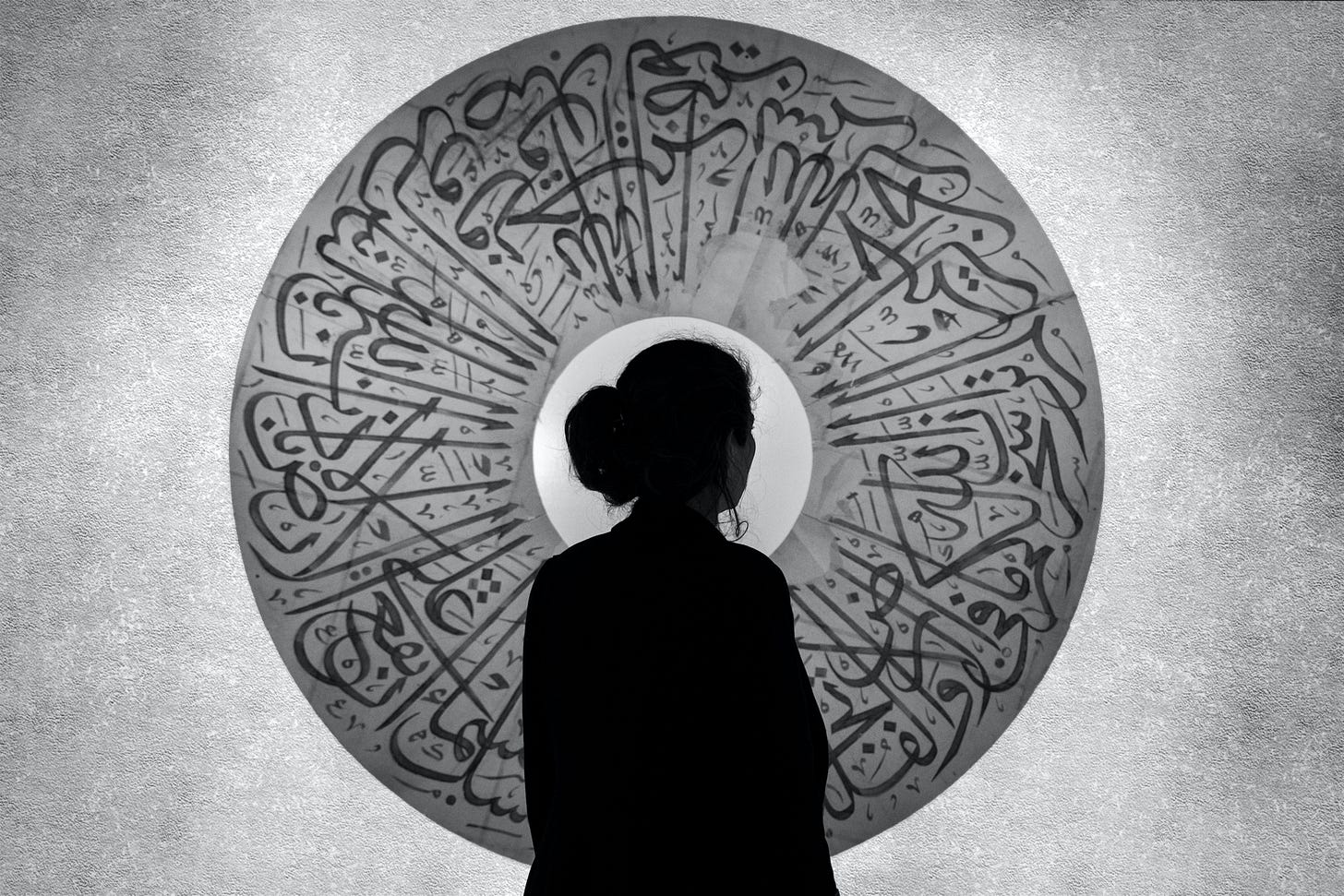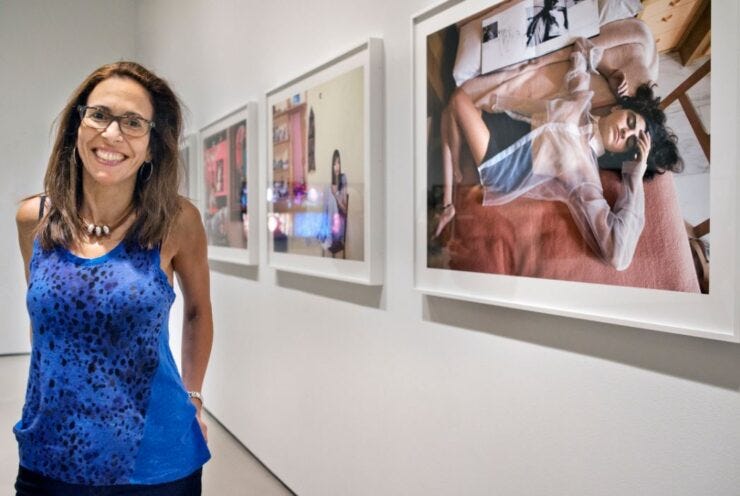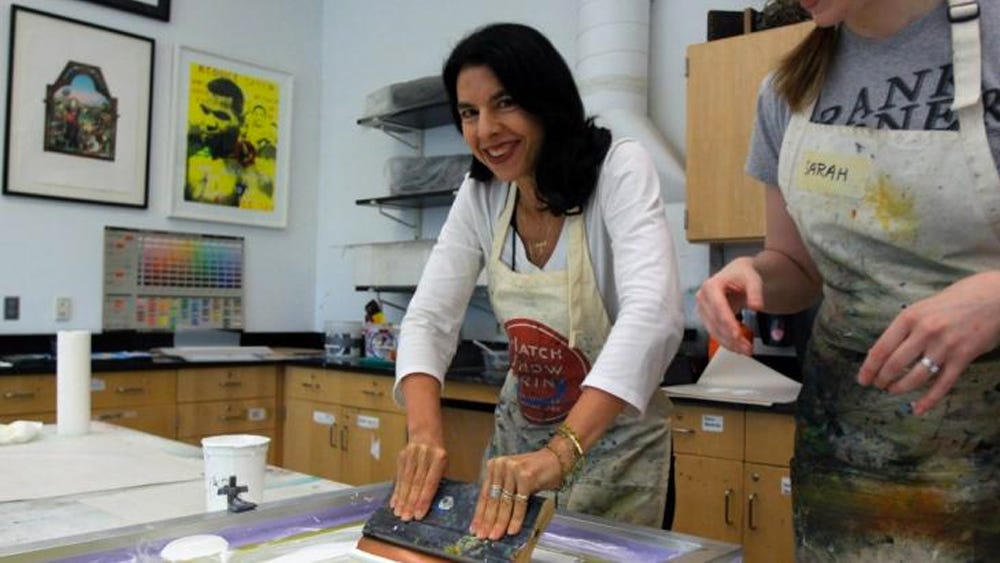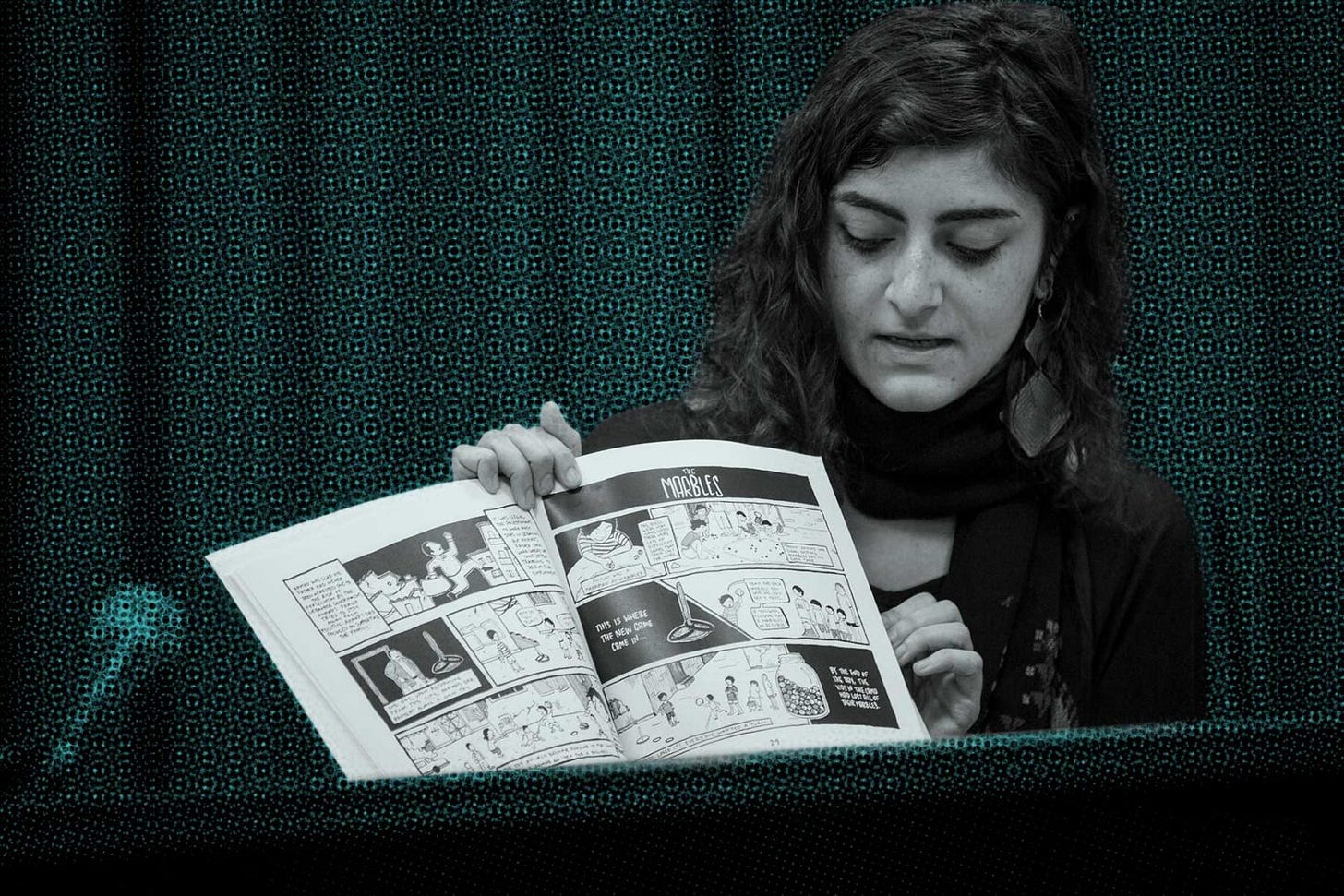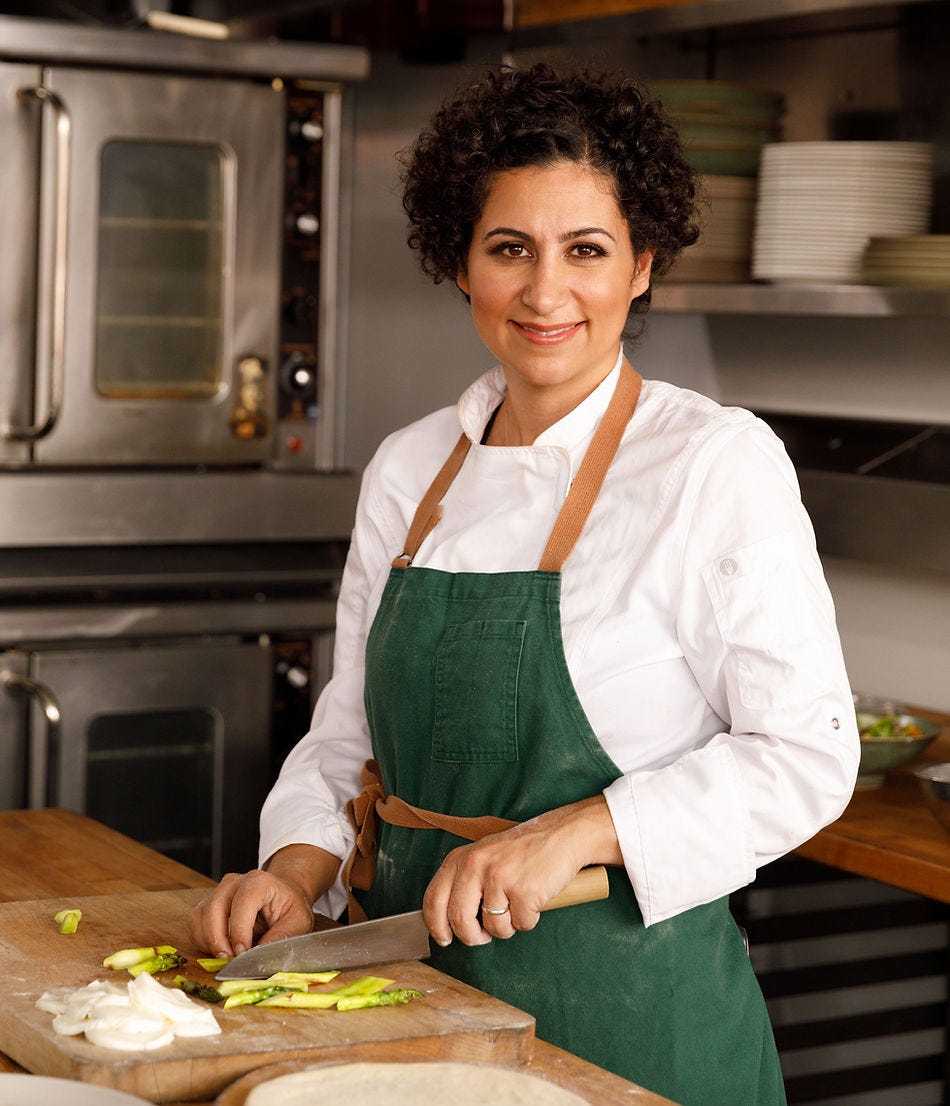Arab American Artists: Shattering Stereotypes and Inspiring Communities
Embracing the Colors of Change
In a world where stereotypes often overshadow the rich diversity of cultures and experiences, Arab American artists are using their creative voices to challenge misconceptions, break down barriers, and empower their communities. Through their powerful artworks, they navigate the complex intersection of identity, heritage, and activism, inspiring dialogue and redefining narratives.
Unyielding in their pursuit of change, some artists have emerged as champions of resistance, uniting their communities and sparking new dialogues on cultural identity and belonging. In the face of adversity, they have found solace in the transformative power of art, illustrating that creativity knows no bounds and that the quest for a more inclusive world is only a stroke away.
Art has long been a powerful medium for expressing one's identity, emotions, and beliefs. For Arab American artists, it serves as a means to reclaim their narratives and reclaim agency in the face of misrepresentation. By exploring themes of identity, heritage, and social justice, they challenge stereotypes and shed light on the multifaceted experiences of Arab Americans.
From the vibrant streets of New York to the sun-soaked landscapes of California, Arab American artists have woven an intricate tapestry of expression, bridging the gaps between tradition and modernity.
In the realm of photography, Arab American artists like Rania Matar capture the essence of resilience and identity. Matar's intimate portraits of Arab women and girls navigate themes of displacement, belonging, and the complex interplay between tradition and modernity. Her images challenge the stereotypical narratives often associated with Arab women, presenting a more nuanced and authentic representation of their experiences.
The impact of Arab American art reverberates through generations, with artists like Helen Zughaib carrying the torch of resistance. Her paintings, steeped in political and social commentary, encapsulate the struggles of Arab American communities while offering a glimmer of hope for a better future. In Zughaib's art, each stroke is imbued with the echoes of a shared history, a history of triumphs and tribulations that demand acknowledgment and remembrance.
Meanwhile, the works of Leila Abdelrazaq, a Palestinian American cartoonist whose graphic novels vividly depict the Palestinian experience, shed light on the plight of refugees and the resilience of a community striving for justice and freedom. Through her art, Abdelrazaq challenges misconceptions, humanizing stories that often remain relegated to the margins of mainstream discourse.
Across the country in Los Angeles, Reem Assil, a renowned chef of Syrian and Palestinian descent, has redefined culinary artistry. Through her innovative fusion of traditional Arabic flavors with a contemporary twist, Assil not only tantalizes taste buds but also challenges the perception of Arab culture. In the face of cultural misrepresentations, her culinary creations celebrate the richness of her heritage, fostering a greater understanding and appreciation of Arab cuisine and its roots.
It is within the sanctuaries of theaters, galleries, and online platforms that Arab American artists find their refuge, creating spaces where cultural exchange thrives. They navigate the delicate balance between homage to their roots and embracing the dynamics of a globalized world, ultimately advocating for unity amidst diversity.
Arab American artists often encounter the harsh reality of systemic barriers and prejudices. The persistent misrepresentation of their culture in the media perpetuates stereotypes and hampers their visibility. The lack of representation and cultural understanding in mainstream art institutions often marginalizes Arab American artists, making it crucial to support alternative spaces that provide visibility and support.
The power of Arab American art lies in its ability to disrupt stereotypes and create spaces for dialogue and reflection. By challenging dominant narratives and centering their own experiences, these artists reclaim their agency and reshape perceptions. Their work invites viewers to question preconceived notions and engage in conversations that transcend boundaries.
In recent years, there has been a growing recognition of the importance of diverse voices in the art world. Institutions are beginning to acknowledge the need for inclusive representation and are actively seeking out Arab American artists to contribute to exhibitions, residencies, and collaborations. This shift marks a promising step forward toward a more inclusive and equitable art landscape.
The art of resistance by Arab American artists extends beyond the canvas or stage; it is a call to action for society at large. It challenges us to confront our biases, engage in difficult conversations, and embrace the beauty of cultural diversity. Arab American artists are catalysts for change, bridging divides and forging connections through their creative endeavors.
In a world that desperately needs bridges of understanding, Arab American artists are builders, architects of empathy who construct connections through their art. They remind us that art possesses an innate power to transcend boundaries, shatter preconceptions, and reshape narratives. Through their creations, they inspire us all to question, reflect, and challenge our perceptions, fostering a more inclusive and compassionate society.




